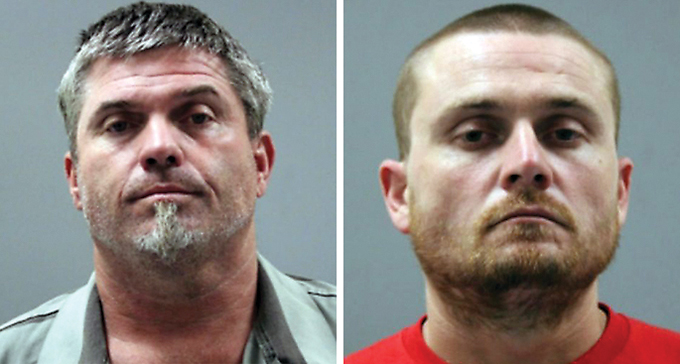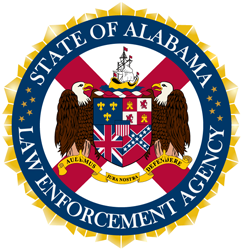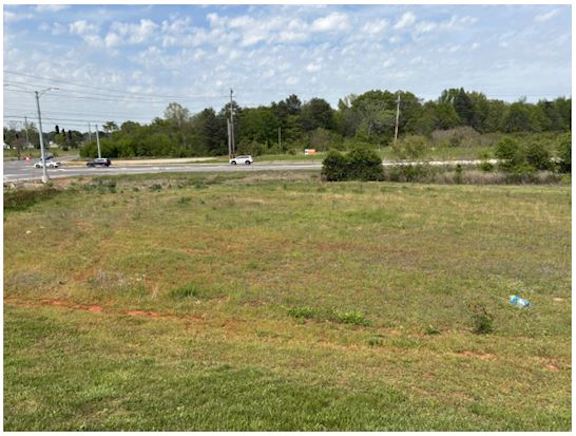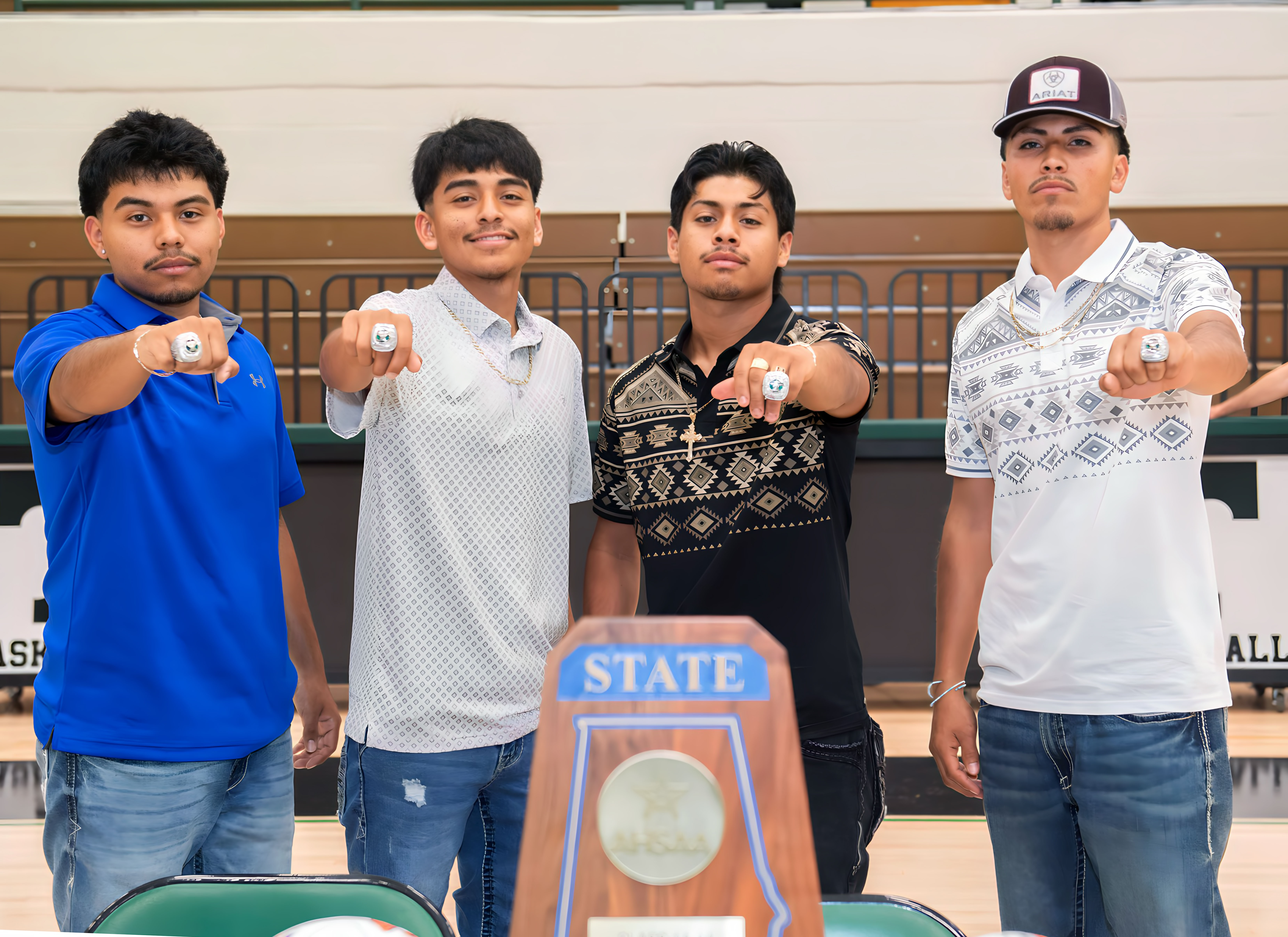Freedom Riders 60th Anniversary: Anniston’s National Monument honors those who made the trip
Published 4:00 am Thursday, May 13, 2021
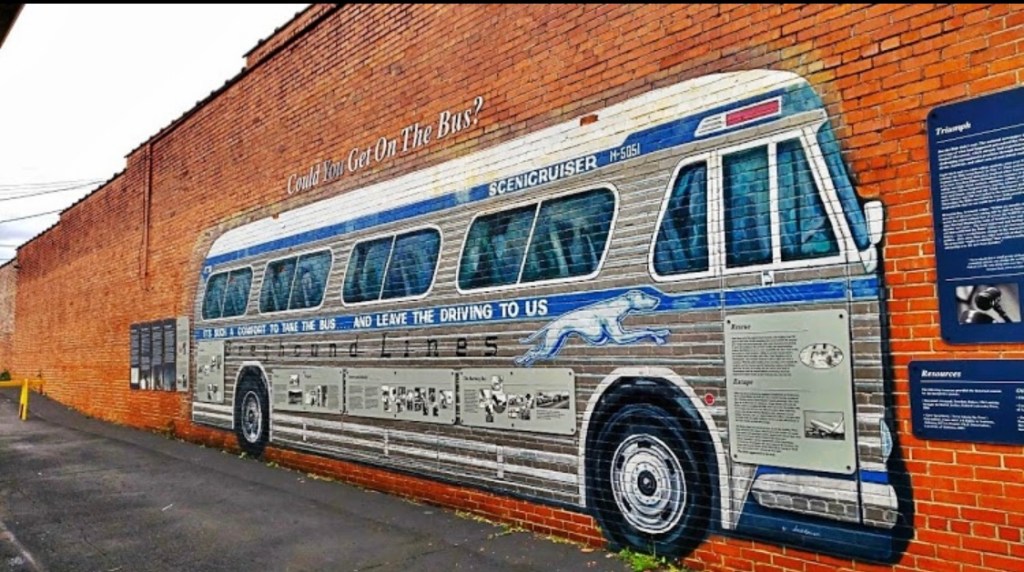
- Freedom Riders
Editor’s note: This is the second in a series of articles commemorating the 60th anniversary of the Freedom Riders.
The images that survive from the Freedom Riders’ stop in Anniston tell a gruesome story of human brutality: a bus fire-bombed, its riders temporarily trapped inside by a segregationist mob then beaten when they escape.
Trending
Friday marks the 60th anniversary of the Freedom Riders arriving in Anniston. Dr. Charles Person, a Freedom Rider and native of Atlanta, was on the second bus that arrived that day, behind the Greyhound bus that was bombed. He recently published his book, “The Buses are A’coming,” detailing his experience on the freedom rides.
“I’m glad I was part of it; it was never about me. I was just one of a number that had to do something about it. What I try to say in my book and my speeches was that I was with a wonderful bunch of people,” Person said.
One way these activists are honored is through a monument, The Freedom Riders National Monument in Anniston.
The monument attempts to educate individuals on what happened that day. Established in 2017 by President Barack Obama, it has been a point of emphasis in the Anniston community, with individuals from all over paying a visit to the historic site. Now, they are updating their monument and its amenities to better educate visitors.
“We are working on uniting the community with education and knowledge,” Jessica Epperson, park ranger and education specialist, said. “People want to learn about the history.”
The history involves a rough period of civil rights abuses in Alabama, with the state — along with most of the South — refusing to implement desegregation laws. This included laws upheld by the Supreme Court banning segregation of interstate travel, such as on buses.
Trending
The purpose of the Freedom Riders was to test these laws and see if they were being upheld. Beginning in Washington D.C. and ending in New Orleans, the Freedom Riders set off on their course near the beginning of May.
They made stops along their way to the South, testing out the laws to see if they were being enforced. The group faced some resistance in South Carolina. However, according to Epperson, Anniston was the first place the Freedom Riders faced opposition by a large group.
In Anniston, the Ku Klux Klan was waiting for the buses, which had members of the Congress on Racial Equality among its riders. When the Greyhound bus arrived, the KKK attacked. The Greyhound Bus Depot was locked, the bus’ tires were slashed, windows were cracked and violent threats were made. The mob was around 50 people in size and led by KKK member William Chapel.
Following the initial attack, the bus was escorted by police to the Anniston city limits, where the bus was attacked again by what Epperson describes as “inflamed rags” or Molotov cocktails. Multiple members of the Freedom Riders have given their retelling of the story, including Hank Thomas, who said he was prepared to die right there and then.
“I thought that particular day would be the last day of my life,” Thomas told al.com.
The riders faced a tough choice: Stay on the bus and risk burning to death, or force their way off the bus and deal with the mob outside. The bus was largely blocked by the mob, trapping the members inside. However, the riders would be spared by what many of them have described as a miracle: The engine exploded. This scared the attackers, allowing the riders time to get off the bus and escape.
However, that was not the only bus that had taken the trip for the Freedom Riders. A second bus, carrying Person, was attacked. Person said because no photographs of the Trailways bus in Anniston survived, many retellings of the events that happened on that day don’t mention the second bus also stopped in the city.
There, said Person, they were met by the KKK. They told the riders that the Greyhound bus had been bombed and ordered them to the back of the bus they were on. When the riders refused, “they physically threw us in the back of the bus and taunted us all the way to Birmingham.”
Person said people of all ages were on the bus, but no one was free of the violence from the mob. This included Walter Bergman, and his wife, Frances, an older, white couple who had taken Person under their wings.
“Those guys were so infuriated, they almost killed Dr. Bergman on the bus,” said Person. “They were stomping his chest, and had his wife not begged them, they probably would have or could have killed him because he was much older.”
The monument commemorates the courage of these individuals who chose to take the trip as members of the Freedom Riders. Now, in 2021, the monument will receive some upgrades.
There is a new exhibit on display at the Greyhound Bus Depot until May 30. Titled “Freedom Riders,” the exhibit combines powerful photography and news coverage of the Rides. It is a companion to the May 2011 PBS broadcast of the American Experience film, “Freedom Riders.”
Additionally, the Greyhound Bus Depot that was locked to keep the Freedom Riders from getting inside is being restored. According to Epperson, they want it to look like a direct replica of how it did at the time. She believes this will allow visitors to get a good look at how segregation was at the time.
“We want it to look like a picture in time,” Epperson said. “There are tons of ghosts of segregation. It is one thing to tell people about segregation and another to actually show them segregation.”
For Person, looking back on the events of 1961, he sees ignorance, not evil, as the driving factor behind the brutality he endured.
“I think it’s what exists today,” he said. “There’s a certain amount of ignorance. Many of them were poor. They had been told, ‘You’re better than these guys.’ Their belief was that by us sharing a bus or terminal, it is going to diminish them, and that’s not the case.
“My idea was not that I want to sit with white people — or anybody, for that matter. My idea was to have choices. If I choose to eat here or sit there, that should by my choice.”


